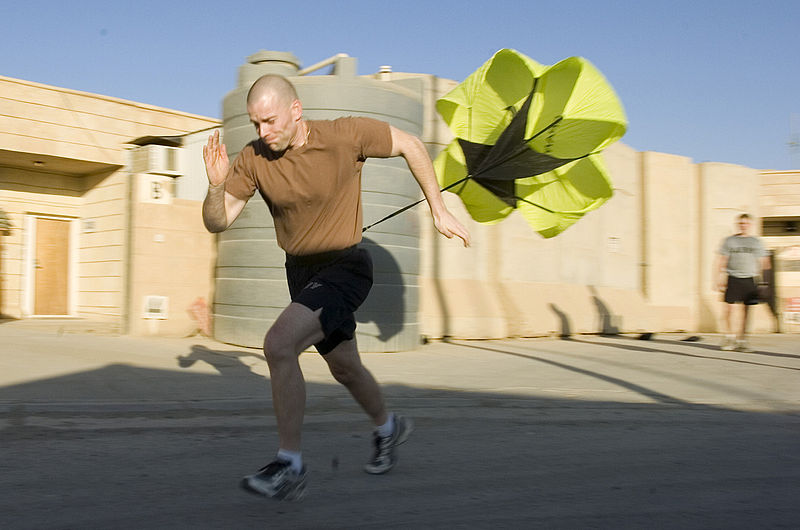Note that your final mark will not be saved in the system.
D2.2 and D2.6 Training Methods for Muscular Strength and Speed GapFill
You must fill all the gaps before clicking ‘Check Answers!’

Speed is defined as the ability to move the whole body or a body part . It is an essential component of fitness in many sports, with its importance being clearly demonstrated by achievement of performance outcomes. For example, the speed of a rugby player might be the difference between a try being scored or not. The speed of a 100 m runner is a direct determinant of performance in short-distance sprint events.
Not only is it beneficial to have a higher speed, but an individual's acceleration could be equally, if not more, significant in determining the overall time it takes to cover a specified distance. There are many methods of training speed and a variety of equipment that can be used to improve this component, but, first and foremost, these methods must adhere to the principles of speed training in order to maximise their effectiveness.
To maximise speed, the performer relies on energy production as the speed of muscle contraction hugely outpaces delivery to the muscle. As most sport-specific sprints last <10 seconds, the primary source of energy production will be the energy system. However, there are often occasions when repeated sprints are required within a short space of time and before full recovery of PC stores can be achieved, meaning that sprints will often incorporate the energy system to produce additional energy for the muscles.
Accordingly, the performer would aim for work periods to be at of heart rate max, while having a sufficient recovery time between reps and sets, usually at a work-to-rest ratio of to allow heart rate to approach 60% of the maximum. The recovery period is also important for ensuring that an appropriate technique can be maintained in each rep so that risk of injury can be reduced.